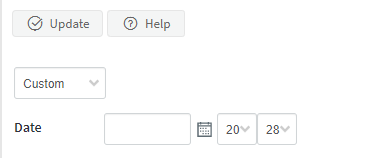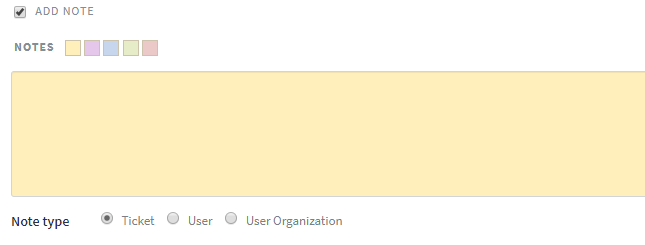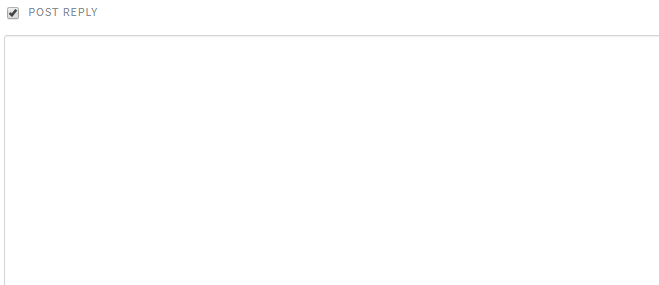Process to Setup automatic ticket follow-ups
To set up automatic ticket follow-up, do the following:
- You can set a follow-up from any support ticket's Follow-up tab, as shown in the figure below:
- Select a time for the follow-up, either by setting it to pop up in a certain number of minutes, hours, days, etc. or simply by selecting a specific date and time.

Follow-up tab

Set date and time for follow-up
Select the actions that you want GFI HelpDesk to perform once the follow-up time, specified in step 2, has reached:
- The General section allows you to make changes to the ticket DEPARTMENT, OWNER, TYPE, STATUS, or PRIORITY.
- The Add Note section allows you to add a customized note to the Ticket, User, or User Organization.
- The Post Reply section allows you to save a ticket reply that is sent to the user when the follow-up's target time is reached.
- The Forward section gives you the option to forward the ticket to any email you specify, optionally accompanied by a message.

The general section

Add note

Post reply

Forward section
Example of Creating a Ticket Follow-Up
This example describes the process of creating a follow-up that must fire after 2 days and reopen the ticket, set it to high priority, and add a note reminding you where you left things.
To set ticket follow-ups in GFI HelpDesk, you need a staff account with the Ticket follow-ups permission.
To set a follow-up on a ticket, follow the steps given below:
- Sign in to the staff control panel.
- Open the ticket you want to follow up on.
- Click the Follow-up tab.
- Now, set the timeframe. Select In days and enter 2.
- Check the General box.
- Set the Status to Open and Priority to High.
- Check the Add Note box.
- Add an explanatory note to remind yourself of what attention the ticket needs from you. For example, the user is waiting on a response from the engineering team.
- Click the Update button on the top toolbar to save it.
The user can set these options however they like, we are just going through the given scenario of how the user might use follow-ups.
Confirmation: You are able to see all the follow-ups that you have set on a ticket, as well as their behavior, in the Follow-up tab, as shown in the image below.

You can view all the follow-ups set on a ticket
Set up an external cron on the server for follow-ups. For more information, refer to Setting up a server cron or scheduled task.